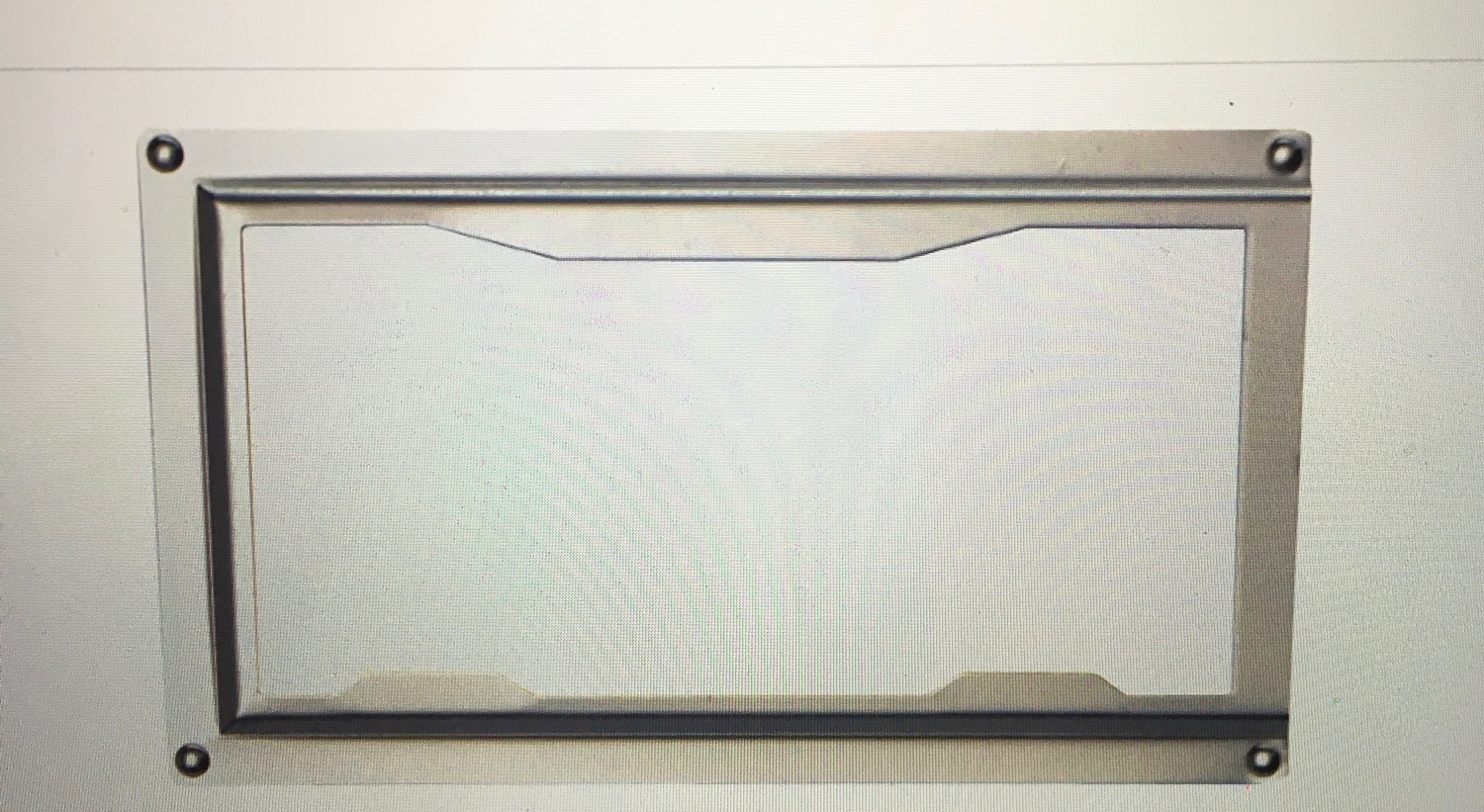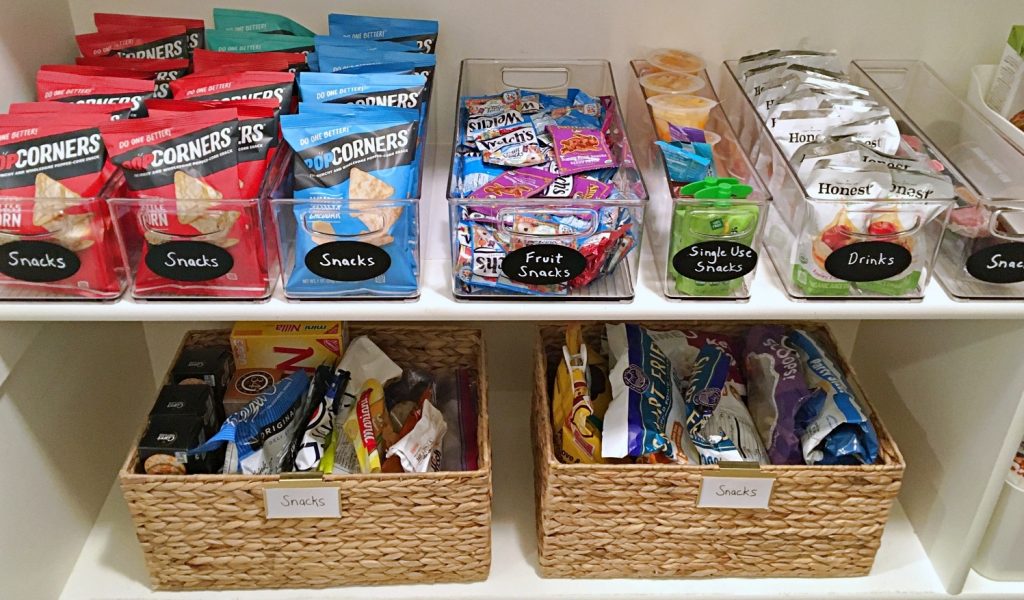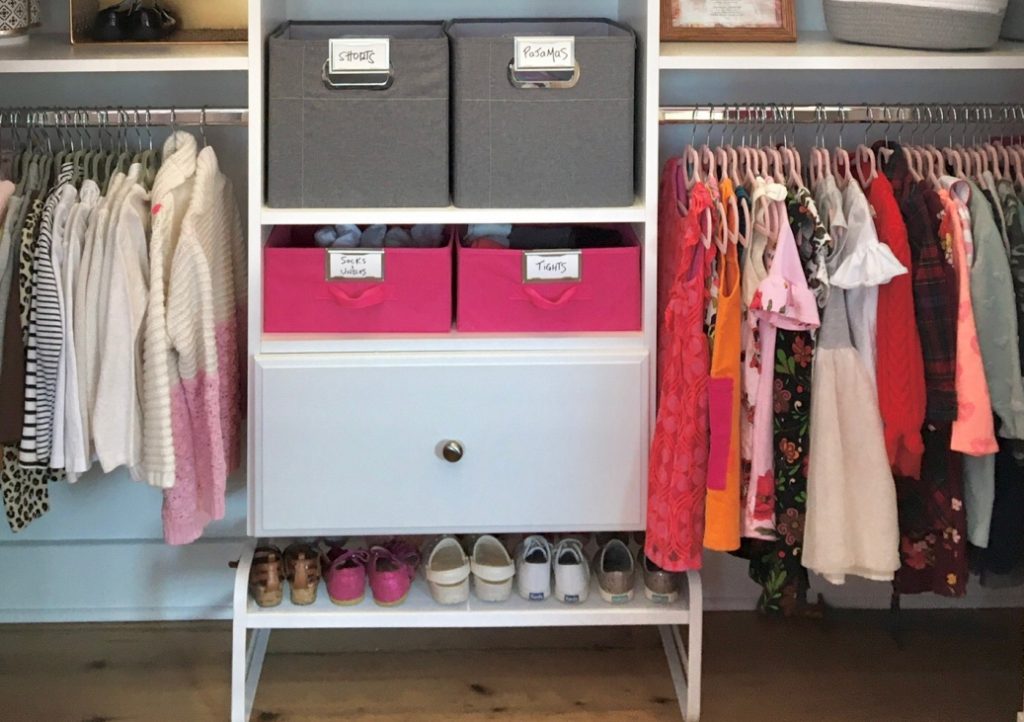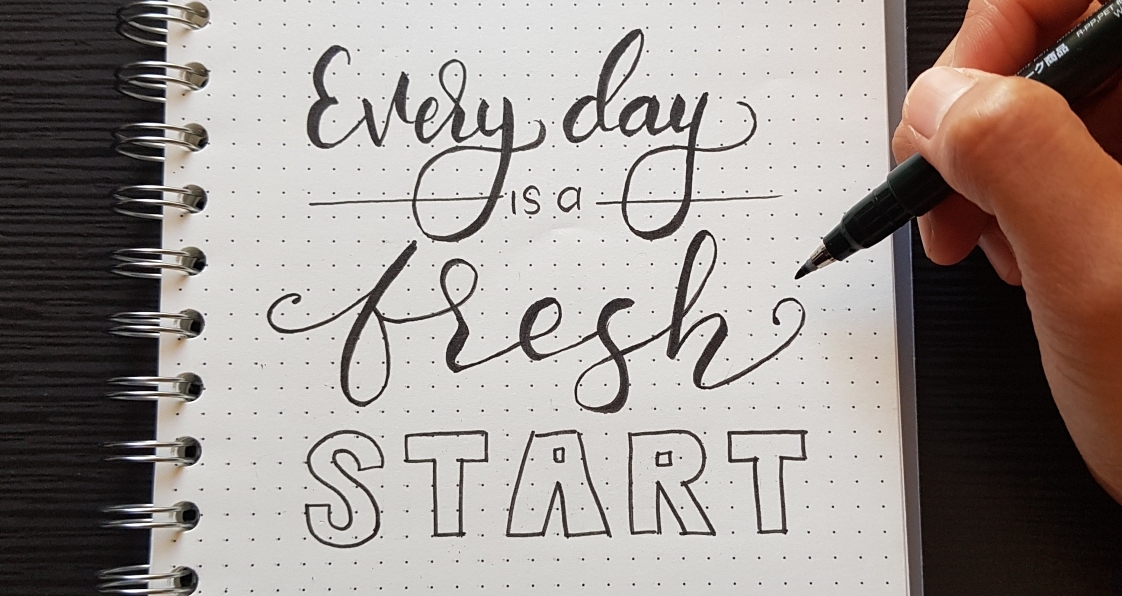*Disclosure: Some links included in this post are amazon affiliate links. This means that, at no additional cost to you, I will earn a small commission if you click through and make a purchase.
You’ve given organizing a valiant effort, with varying degrees of success. Sometimes it sticks and sometimes it doesn’t. Organizing is a practice (recurring), not a project (1 time event with a defined start and end). But, even so, you shouldn’t need to reinvent the wheel constantly. You should expect to make headway and feel like you’re on the right track. There are some common organizing pitfalls to avoid – things that make it more challenging for organization and systems to stick. Being aware of them can help you avoid them altogether! Here they are:
1. The decluttering step is skipped
Not all spaces require decluttering. But, most do. More often than not, we attempt to organize a space that has too much in it. Rearranging clutter will still leave you with clutter! We need to see what we have and be able to easily access it. This is much easier to do when you’ve pared down. Ask yourself a few key questions: 1. Would I buy this item again? 2. Do I use this? 3. Do I have something else similar to it? The answers to these questions should help you determine what stays and what goes.
2. Item categories are too specific
Identifying commonalities across items and grouping like things together is a key step in organizing! Often where we stumble is assigning categories that are too specific. For example, you may currently have pretzels, potato chips, and popcorn in your pantry. If these items are decanted into containers, you may have labeled them as such (pretzels, potato chips, and popcorn). But, you may not always have these things on hand. When we buy tortilla chips, we don’t have a place for them. We don’t have appropriate labels anymore, and our systems fall apart.
Instead, try more generic categories such as “snacks”. More specific categories are ok if they are representing things that you always have on hand.
3. Categories aren’t labeled
Unlabeled areas/containers become miscellaneous catchalls, because there is nothing that clearly identifies it as anything else.
Labels are sooo key. Even if a category name seems obvious to you, it may not to others in your household. I’ll write a separate blog post to dive into the best labels for different scenarios. But, for now, I’ll recommend a few:
- Everyday label maker: Great for labeling solid plastic containers.


- Chalkboard labels. Elevates the look beyond your standard label maker label. Fun to use in pantries.


- Bin clip labels. I love to use these! Many popular bins do not accommodate an adhesive based label due to their material (fabric, wicker, etc). So, these are handy to have on hand. They clip right onto the edge of a container. You can write onto the included paper or print your own label to adhere to it.



4. Organizing too much at a time



There’s a tendency to take an all or nothing approach to organizing. Living in a state of disorganization can weigh on us, building up stress until we finally hit the “too much” point. We feel like it’s too out of control, we can’t go another day in this state, so we make a BHAG (big, hairy audacious goal – as Jim Collins would say). That’s all well and good. But, it is too overwhelming to tackle everything at once.
Slow and steady wins the race, in this case. Choose a small area to build momentum. This could be a drawer or a shelf. No space is too small! You’ll get to it all, eventually, if you pace yourself.
5. Going solo
You know what’s in your head when you’re organizing. The system makes perfect sense to you. But, if you want it to stick, everyone in your household needs to be on board – or, at the very least, aware, of the new and improved level of organization.



Let them know you’ve found homes for everything so that it will be easier for them to find things! Or, better yet, welcome their input and assistance. Discuss the other expected benefits. Walk them through where things belong, and how everyone can play a role in maintaining the space. Then, prepare to exercise loads of patience as everyone adjusts!
6. Overcomplicating the process
When we unnecessarily overcomplicate organizing, it becomes more of a burden than a blessing. And, when something is a burden (time consuming, hard to remember, not intuitive) it will be difficult to maintain.
There is beauty in simplicity. When something is simple, we can involve even young kids. For example, a simple calendar where each family member’s entries are a particular color can be understood and maintained by everyone. But, if there are different codes and colors for each type of entry (school, sport, activity, appointment, etc) and for each family member, it can quickly become complicated and can contribute to visual clutter. Keep it simple!
7. Not committing to change
There’s a human behavior component to organizing that is sometimes overlooked. The physical space is one element and the new habits to support the maintenance of that space is another. Buckle down those first couple weeks as you commit to maintaining what you’ve set up. The good news is that small changes go a long way.
For example, if clutter was the issue, commit to putting things away where they belong before moving on to something else. This is especially helpful with kids and their toys.
Of course, you flex along the way. This is key! You’ll adjust as you move forward. But, remember, we have to actually do something different if we want to experience different results.
8. Not personalizing it
For organizing to be effective, consider your tastes, preferences, and lifestyle. If you’re a visual person and love color coding, a visual wall chart may work great, whereas a written to do list may not. If you take your shoes off as you walk into the house, create shoe storage there, instead of/in addition to other locations.
Also, consider the age and size of your kids when organizing their clothes. Put books within reach and try to use a lower hanging rod for clothes when possible. This promotes self sufficiency and less dependency on mom and dad!



Luckily, organizing pitfalls do not have dire consequences if you fall into them! We’ll learn and course correct.
The good news is that organizing at its core is simple. Pare down to what you use, like, and have space for. Group like items together. Contain them. Label them. And put things away where they belong. Come back to this if it feels complicated. And, now that you know what pitfalls to avoid, you’re well on your way to an organized space.



